Why is the Billboard Industry Dominated by Familiar Faces Regionally?
How "the Real Life Better Call Saul" Outperforms National Brands with Out of Home Ads
As a Minnesotan, I haven’t seen an advertising campaign create more buzz than Kris Lindahl’s Guaranteed Offer. Everyone was shocked at the sheer number of billboards that popped up around the Twin Cities area starting in 2017 with just over 100 and peaking at 600+ in 2020.
People couldn’t believe the offering either; was he really going to guarantee a cash offer to any home on the market?
The billboards became a local attraction, driving social media engagement (or enragement?) and even prompting an annual costume contest.
But at what cost? Do the advertising efforts pay off?
What is it about these regional campaigns and ‘local celebrities’ that create more buzz, attention, and organic traction than any national campaign?
It’s not just Kris Lindahl:
In Milwaukee, it’s Gruber Law
In South Dakota (and beyond), there’s Wall Drug
In Alabama, it’s Shunnarah
(Comment your favorite local advertising celebrity below)
In each one of these cities, there are plenty of billboards for national restaurant chains, gas stations, and convenience stores. Sometimes there are more billboards for McDonalds than there are for the ‘local celebrities.’
What came first, the billboard or the McDonalds?
This kind of advertising is expected from large national brands like McDonald’s. That’s not to say the advertising is not effective, but it’s nothing notable to see the same McDonald’s billboard for the fifth time while on a road trip. EXIT NOW.
When we do finally decide we’re ready for a burger and fries, the same way we expect the McDonald’s billboard before the exit, we expect the same McDonald’s experience we get everywhere else.
National brands are expected to show up. Each time they show up where they are expected to, the consumer is satisfied and is likely to become more loyal.
Good national billboard advertising is still possible, but often times it’s just an extension of their larger messaging attempts.
In some cases, brands use out of home advertising as a host for a larger marketing initiative.
Very rarely do you see a national brand heavily rely on out of home advertising as the main catalyst of a marketing initiative. Instead of recreating the out of home campaign, they reproduce the individual campaign on other, less expensive to produce channels.
“Why is it so common to see our skyline dominated by familiar faces on a regional level?” I asked a rep for one of the top three billboard companies in the USA.
For an advertising volume of 100+ billboards annually, budgets will be well above 7 figures, but discounts can be as high as 60% off of retail costs, especially when filling ‘unsold’ inventory.
This would explain the frustrating phenomenon of Kris Lindahl being on three interstate billboards right in a row. Nobody else was buying ad space in the area.
Not considering any discounts, Kris Lindahl’s 600 billboards in 2020 would have retailed anywhere between $20Mil-$28Mil based on a rate card obtained from a representative at one of the top three billboard companies in the USA.
The billboard rep explained why national out of home advertising campaigns are so rare. They shared that when new products are released nationwide, the advertising is rolled out in ‘key’ markets. For example, Anheuser-Busch might select Miami, LA, and New York as key markets for a new beverage flavor.
This rollout can work great for national brands. Using their ‘key’ market rollout as the main catalyst of their marketing initiative. It can be especially effective to use key markets to tell a story about what rollout could have looked like in each market using a multi-channel marketing approach.
This approach leaves room for the “real-life Better Call Saul” in markets where they leave unsold inventory.
It’s not fair to say that national brands are missing a potential opportunity to generate organic local media, discussion in the community, and social media traction by simply blitzkrieging any given market with their advertising, like Kris Lindahl.
If the national brand were to do this, would the local reaction be the same? Would costume contents for Volkswagen's next electric vehicle take place if they simply made grass billboards in each market?
The national brand would have to carefully curate the campaign for each regional market.
National brands are stuck. They are expected to show up but are often overlooked when they do.
Local brands are stuck. The locality of their brand constrains them.
For example, a law or real estate office cannot maintain the same level of locality and trust while expanding their offices geographically. However, as revenue continues to climb, there is always the expectation of constant growth. They must find a way to scale in place.
This creates the perfect storm for a local celebrity; high ad spend and market saturation being the best option for scale.
This is especially true when national brands start to back away from less photogenic or ‘instagrammable’ OOH inventory.
When a local brand shows up where they are not expected, it’s notable.
Once these local companies are on their way to or well past market saturation, their main effort should be reputation management.
Do people know and like you?
I started to explore the economics of a regionally dominant OOH advertising campaign. Is it really worth it?
Kris Lindahl’s real estate business has certainly seen a surplus in organic Google search volume over the past decade.
You can see the term ‘Kris Lindahl’ peak in the summer of 2019.
The billboards were a catalyst for this increase in search volume, as you can see below.
I do also assume that the 38% of queries regarding his ‘net worth’ were from Minnesotans so inundated with his messaging that they had to know what kind of ego-centric millionaire would plaster his face all over their city.
So we know that people are seeing Kris Lindahl’s ads, and they know who he is, but was business booming?
A Star Tribune article writes, “The Minneapolis ad executive who handles Lindahl's media buys, Tracy Call of Media Bridge Advertising, argues that the omnipresent ad campaign "is not ego-driven." It's practical — and effective.”
In 2018, Kris Lindahl had 30 agents and 964 transactions. Transactions moved up to 1,250 in 2019.
“The bottom line: Lindahl said the billboards helped his company reach 2,000 transactions in 2020. He has also grown from 100 agents at the start of the year to nearly 300 now.” Axios Twin Cities has the data to prove its effectiveness.
Kris Lindahl processed 1,560 transactions in 2023.
Since 2017, Kris Lindahl has certainly achieved market saturation. They have scaled back on the billboard budget, but they’re still an aggressive player in the market.
In the case of Kris Lindahl, the advertising campaign exceeded their expectations, and Kris himself says the billboards are going nowhere “while they still work.”
However, managing their reputation will be imperative if they want to continue to scale.
Locally, when brands can manage the new attention and ridicule with a strategic response, this strategy shows a proven ROI. If everyone is going to know you, a majority of those people need to like you.

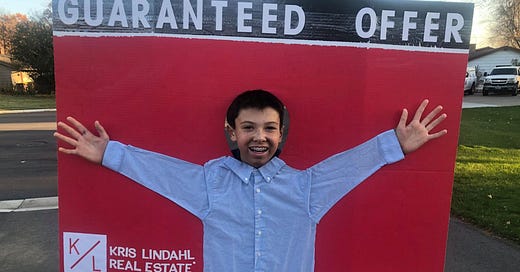


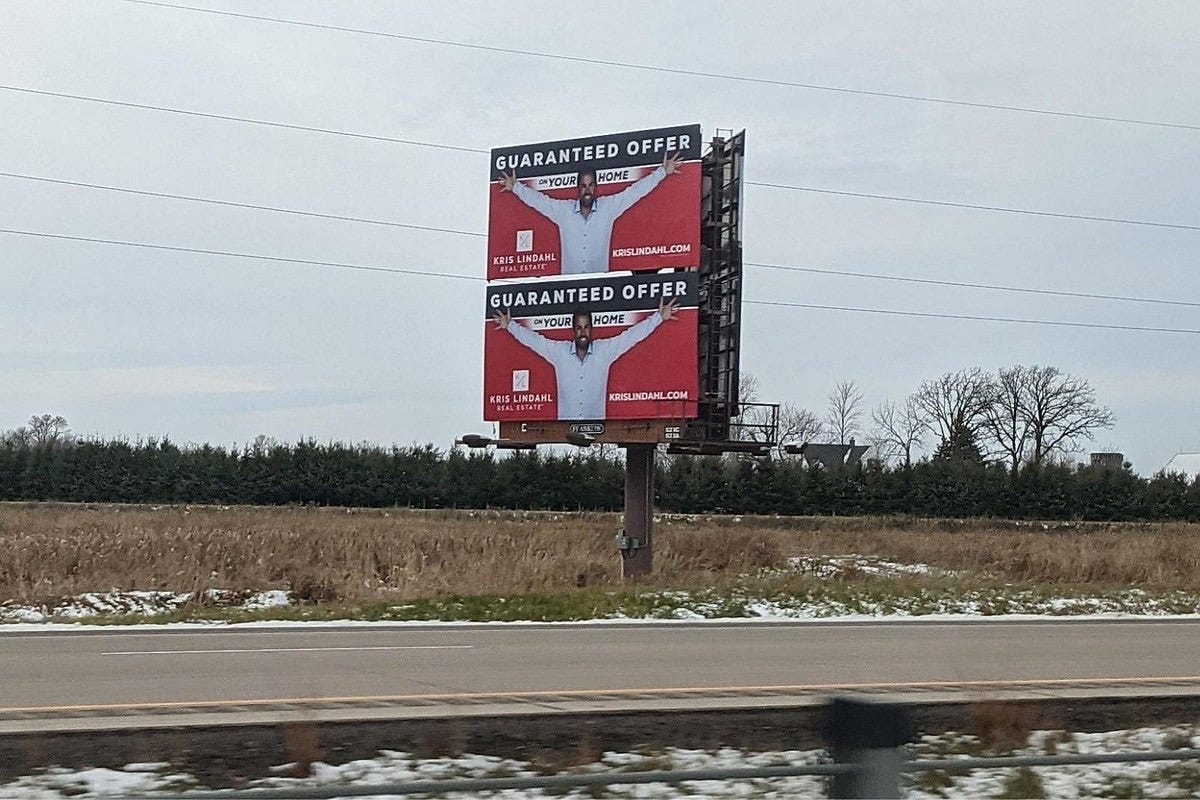

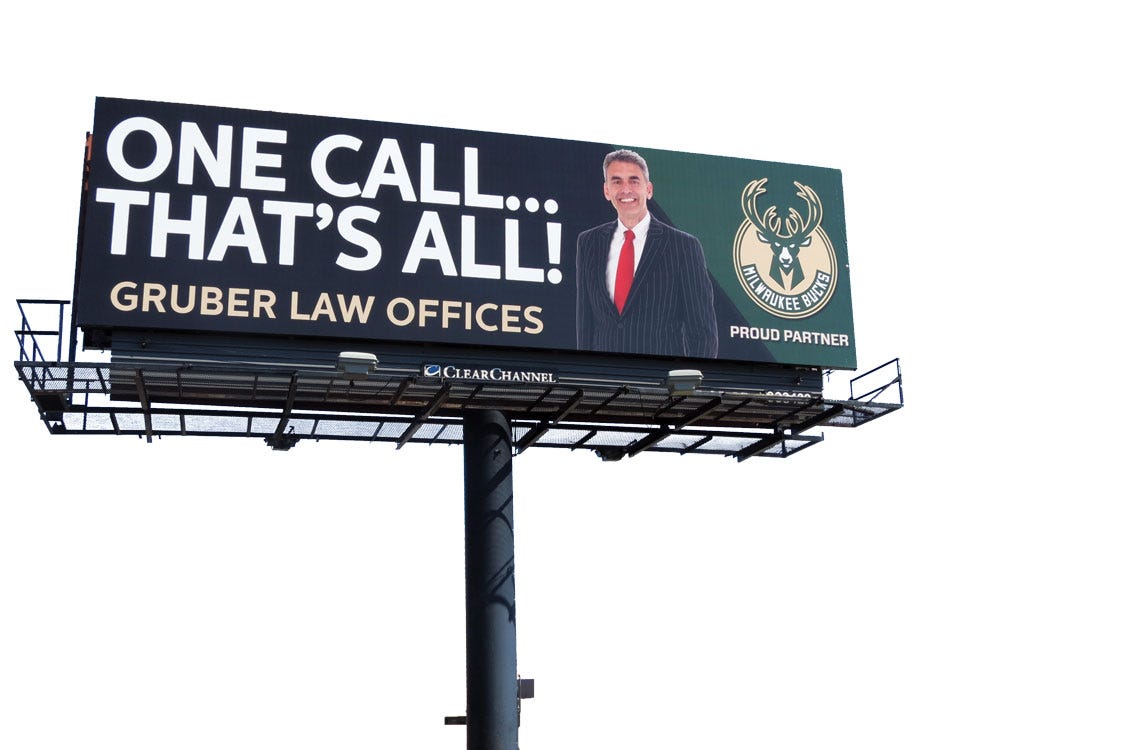
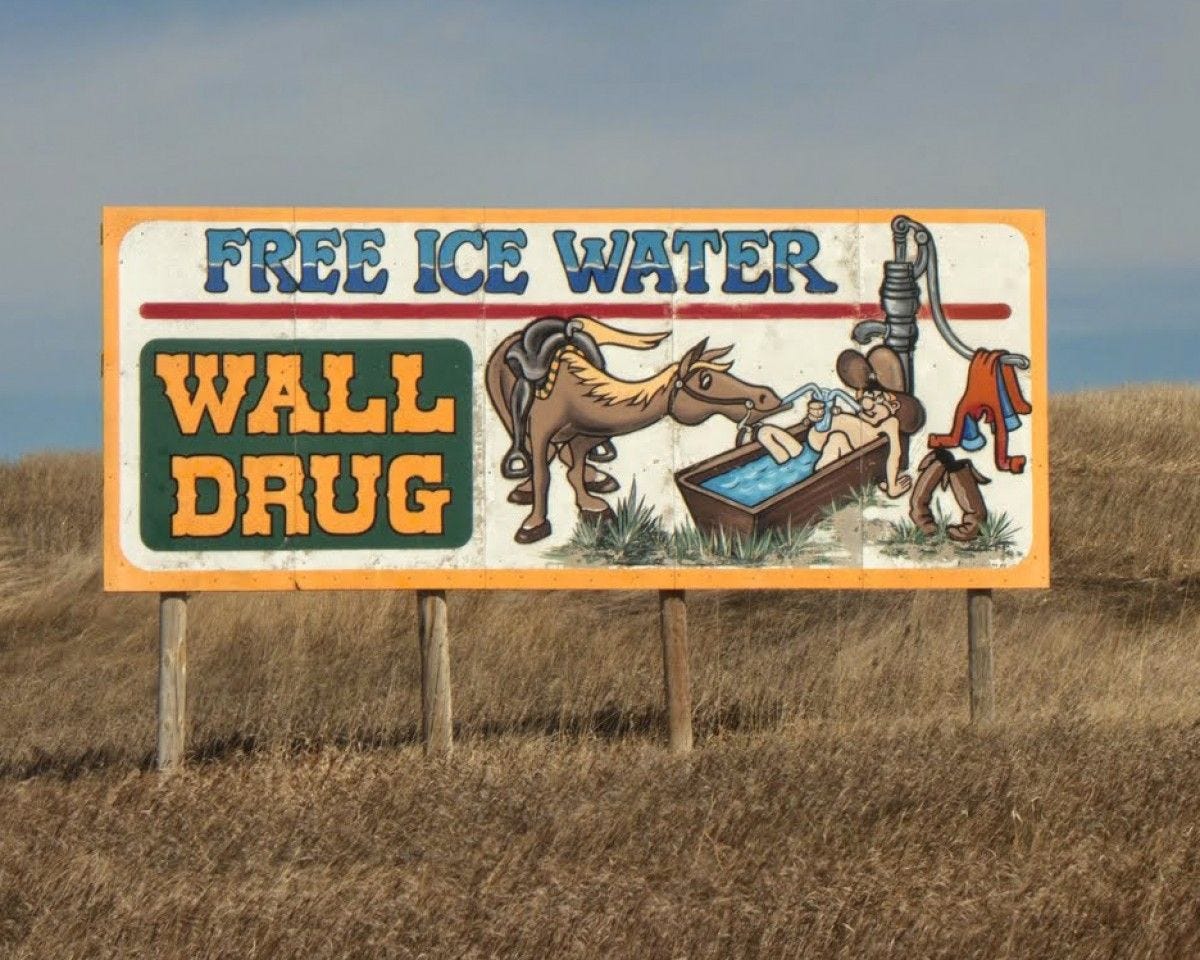
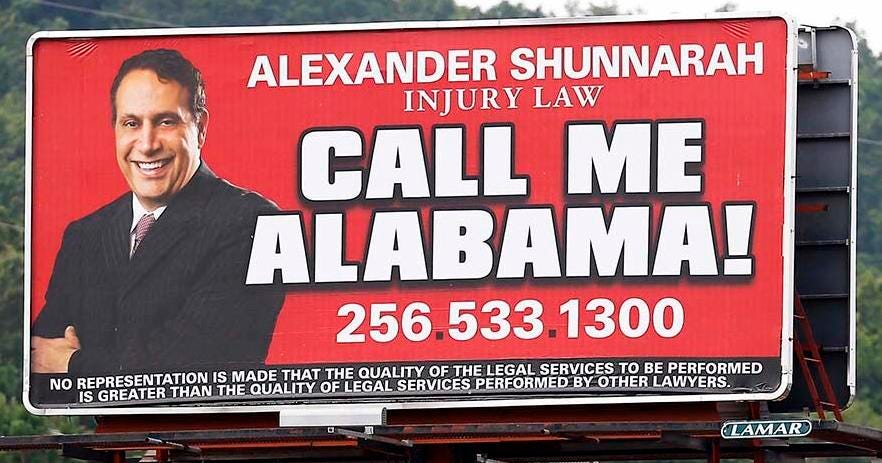
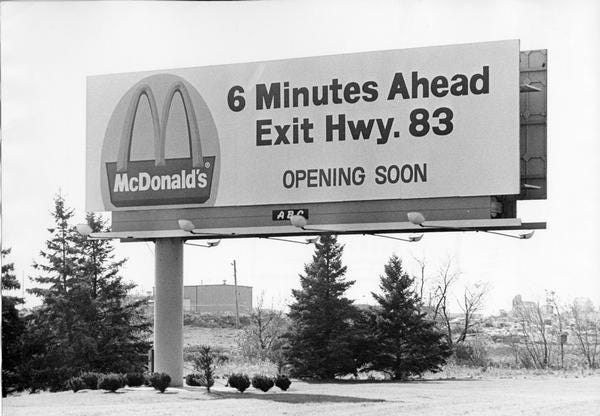
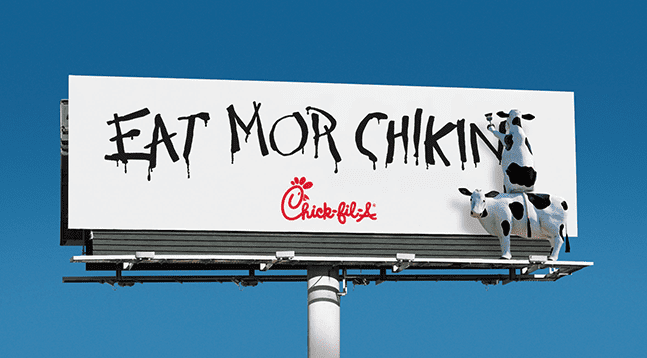
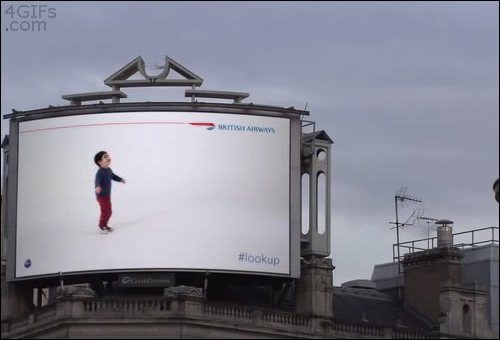
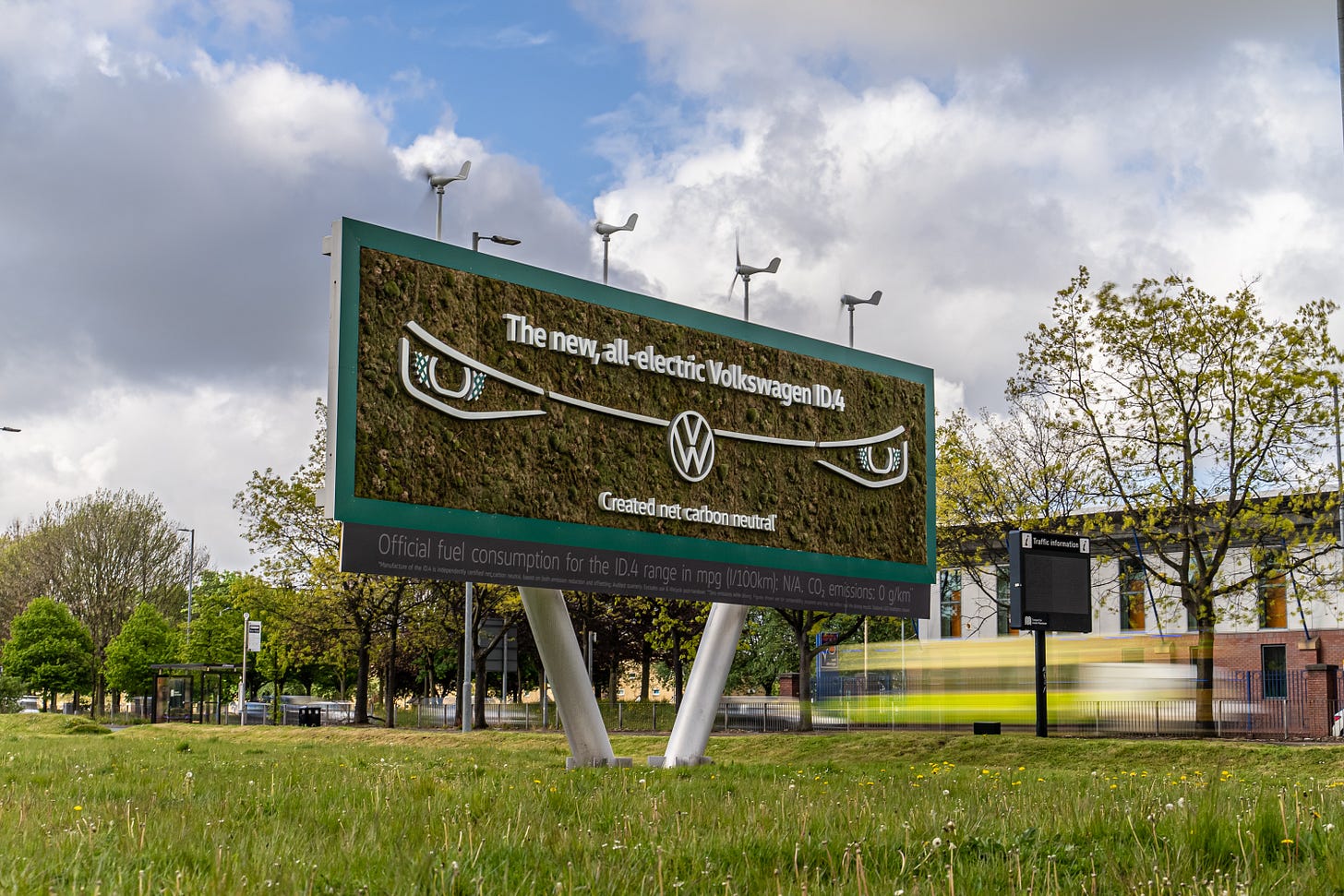
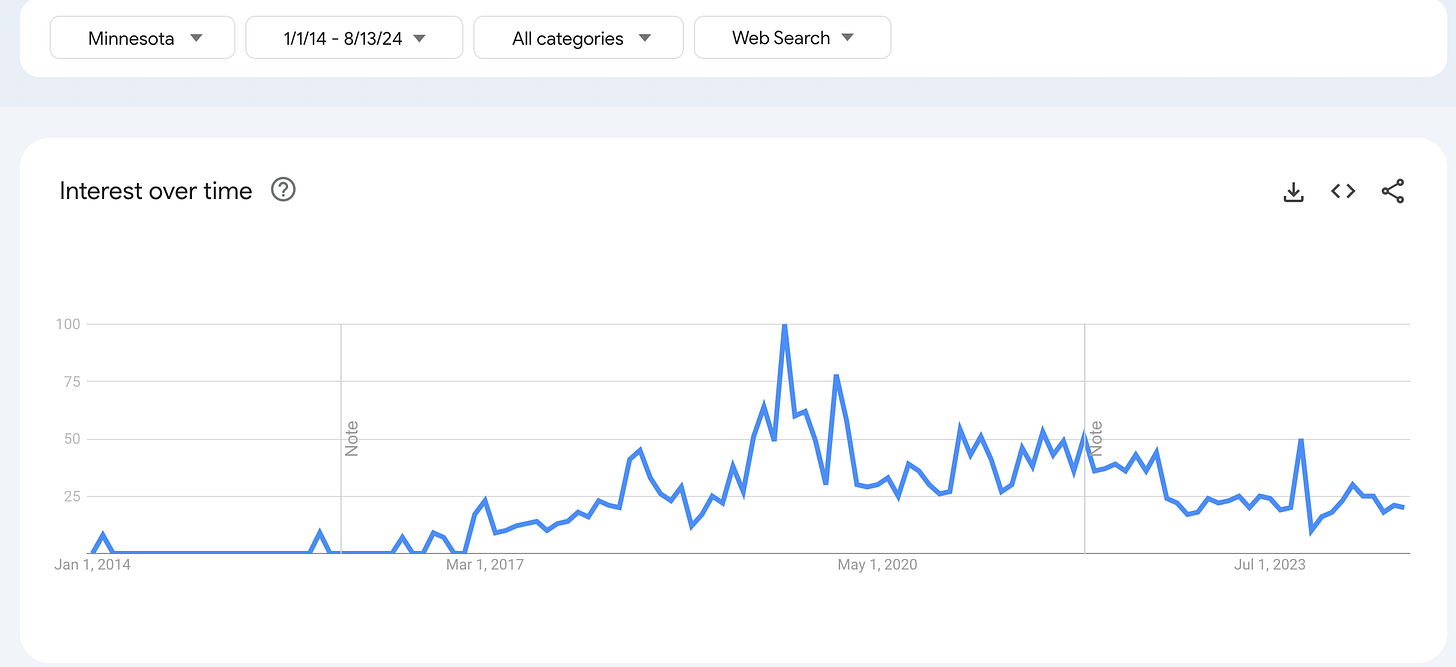
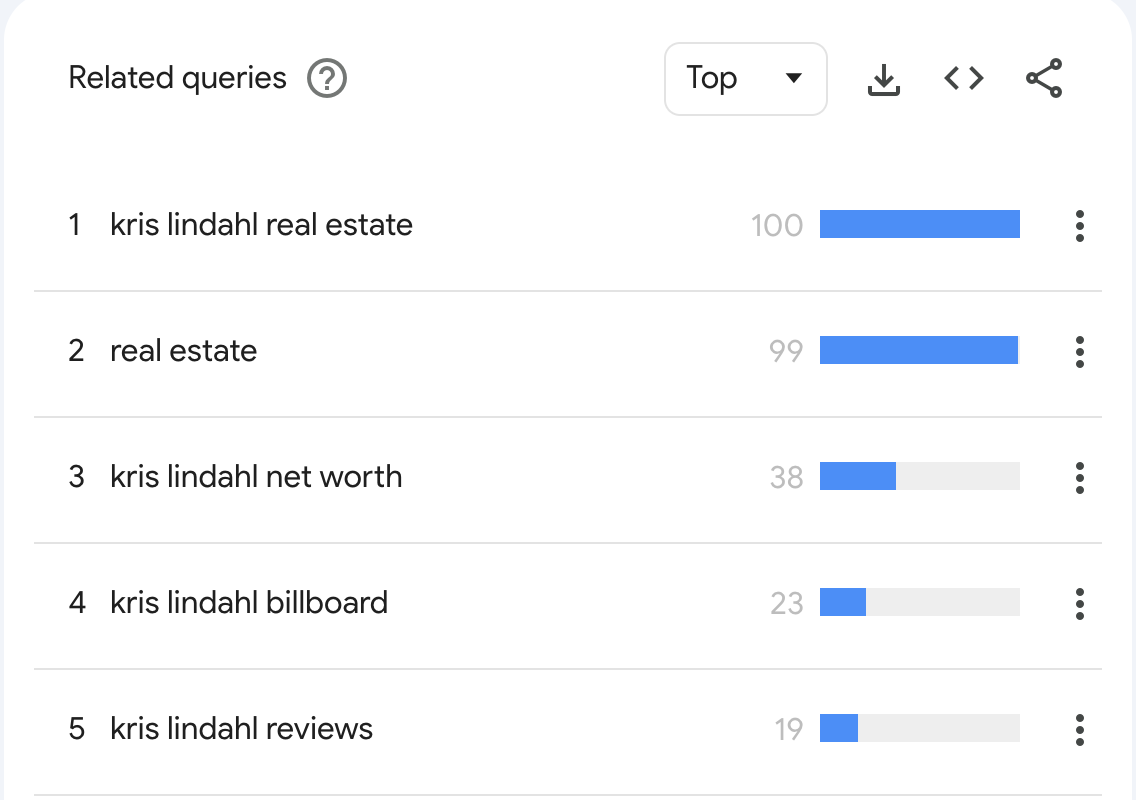

Comment your favorite local advertising celebrity here!